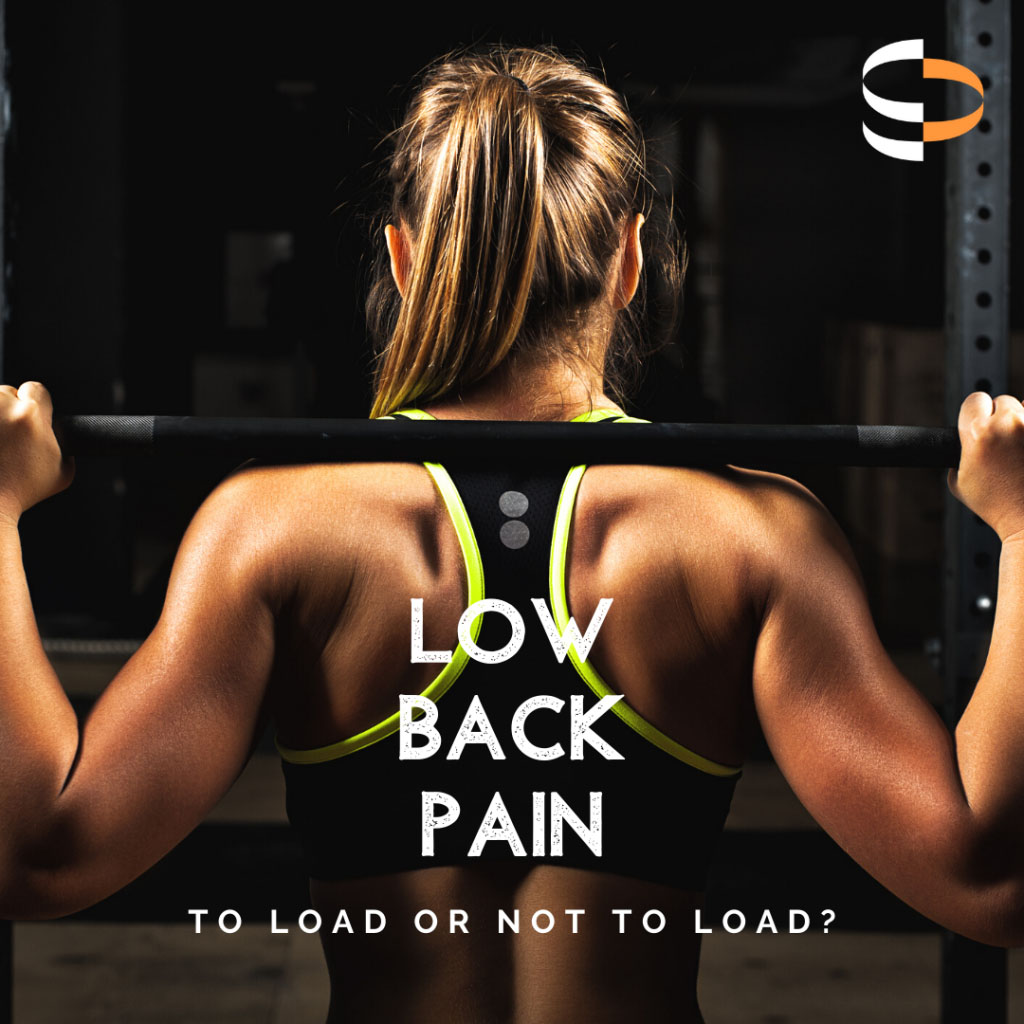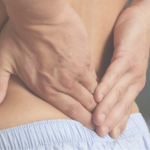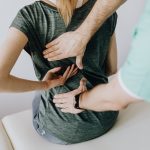“In 2015, back pain was the 2nd leading cause of disease burden, accounting for 4.1% of Australia’s total disease burden [1].”
Being the 2nd leading cause of disease burden, there is plenty of money put into research trying to find the best methods for treatment and recovery.
Here at Leaders Sports & Spine Physiotherapy in Brisbane City, we strive to stay at the forefront of research and new information, in order to provide our clients with the best rehabilitation outcomes.
To know where you’re going, you also need to know where you’ve come from. So, we’re going on a little journey from what the research has previously said, to what is recommended today – from a Physiotherapist’s point of view.
Old Research
The original consensus for treatment of low back pain, acutely and chronically was to stop moving and stop all activity that is painful.
The thoughts behind this was to prevent any further irritation or aggravation of pain. This meant if someone was to present with an acute strain through their lower back, it would be recommended to them to go home and “rest their back”.
The inherent problem with “resting the back” is that the spine never fully gets a rest, there is no time or body position where the spine has no pressure or weight going through it. Even when lying down, gravity is still putting pressure through the spine – although reduced, there is still gravitational pressure going through the spine.
Newer Research
The next phase of research suggested that SOME rest was good, but not complete rest. This meant people were advised to rest from their painful activities and movements, in order to reduce aggravation of any injuries or irritations.
While this method of treatment worked for reducing acute irritations on-top of previous injuries, however, this method also had its issues. The main issue with the reduction in painful activities was there was no clear plan moving forward for getting back to full function and mobility throughout the day.
Without the clear plan moving forward, people were left in the dark and didn’t know how they were supposed to get back to doing what they like doing, without pain. In the long-run, this meant people would go for prolonged periods of little to no exercise, and once they got too irritated or overweight would try to go back to their normal activities – resulting in a new aggravation of their old symptoms.
RECENT Research
Today’s research is vastly different.
The research, from this year 2020, is suggesting that loading through the spine is the best way forward in the long-term for back pain.
A study from earlier this year has outlined the benefits of a periodised RESISTANCE based training program. The program was over two separate lengths (8 &16 weeks), both of which showing improvements in; pain-related disability, pain self-efficacy, muscle strength, pain, daily functioning, sleep and energy levels, & changes in views on physical activity [2].
What does this all mean?
Firstly, this means that we by no means know everything there is to know about back pain, there will always be new research and developments in back pain!
Secondly, we know that movement is definitely better for the spine than rest.
Thirdly, we now know that putting load through the spine (squats, lunges, deadlifts, etc), is the best option for longer term effects, without causing additional risk and harm to the spine!
If you are experiencing back pain, make sure you get in touch with us to see us at our Brisbane CBD, the best back pain experts in Brisbane!
Research
[1] Australian Institute of Health and Welfare. (2020). Back problems. Retrieved from https://www.aihw.gov.au/reports/chronic-musculoskeletal-conditions/back-problems
[2] Tjøsvoll, S., Mork, P., Iversen, V., Rise, M., & Finland, M. (2020). Periodized resistance training for persistent non-specific low back pain: a mixed methods feasibility study. BMC Sports Science, Medicine and Rehabilitation, 12(30).






